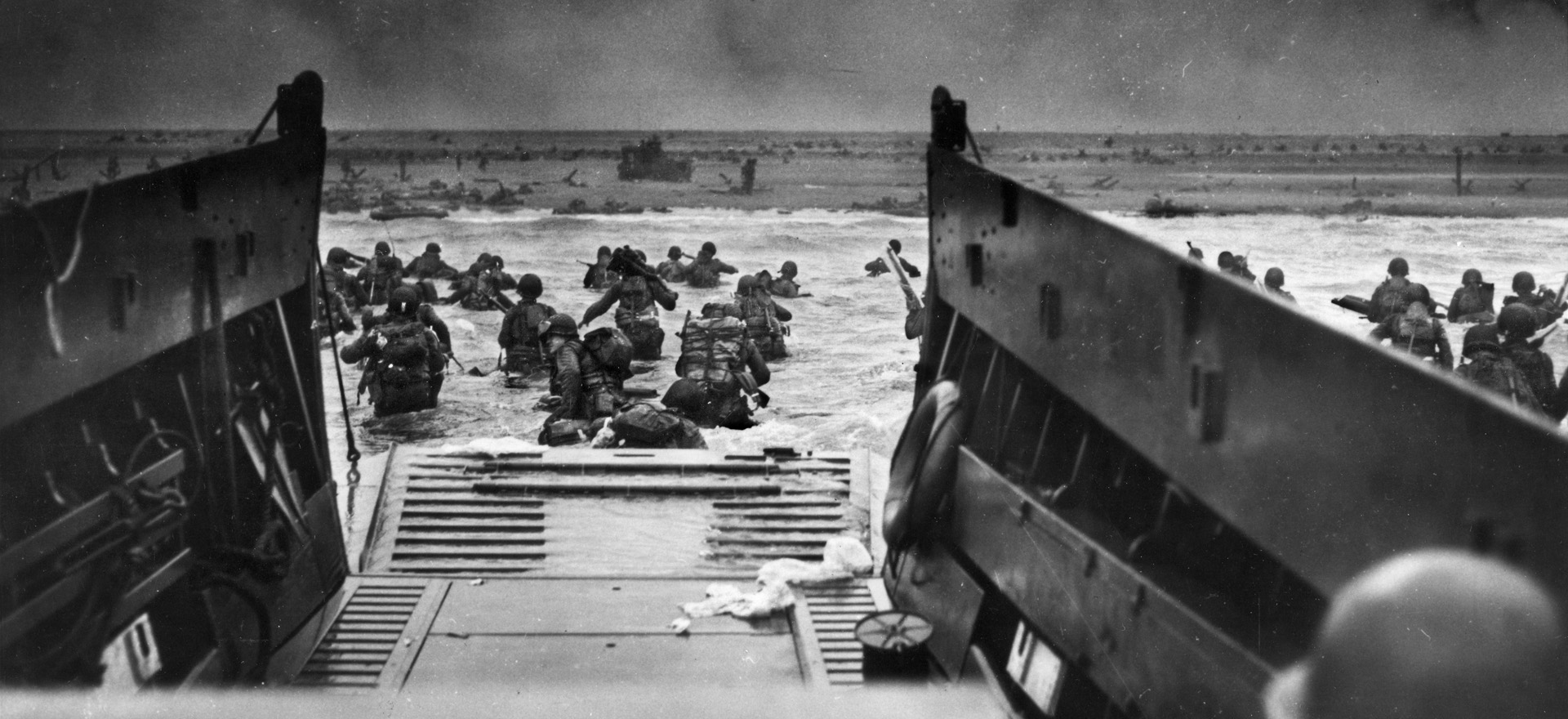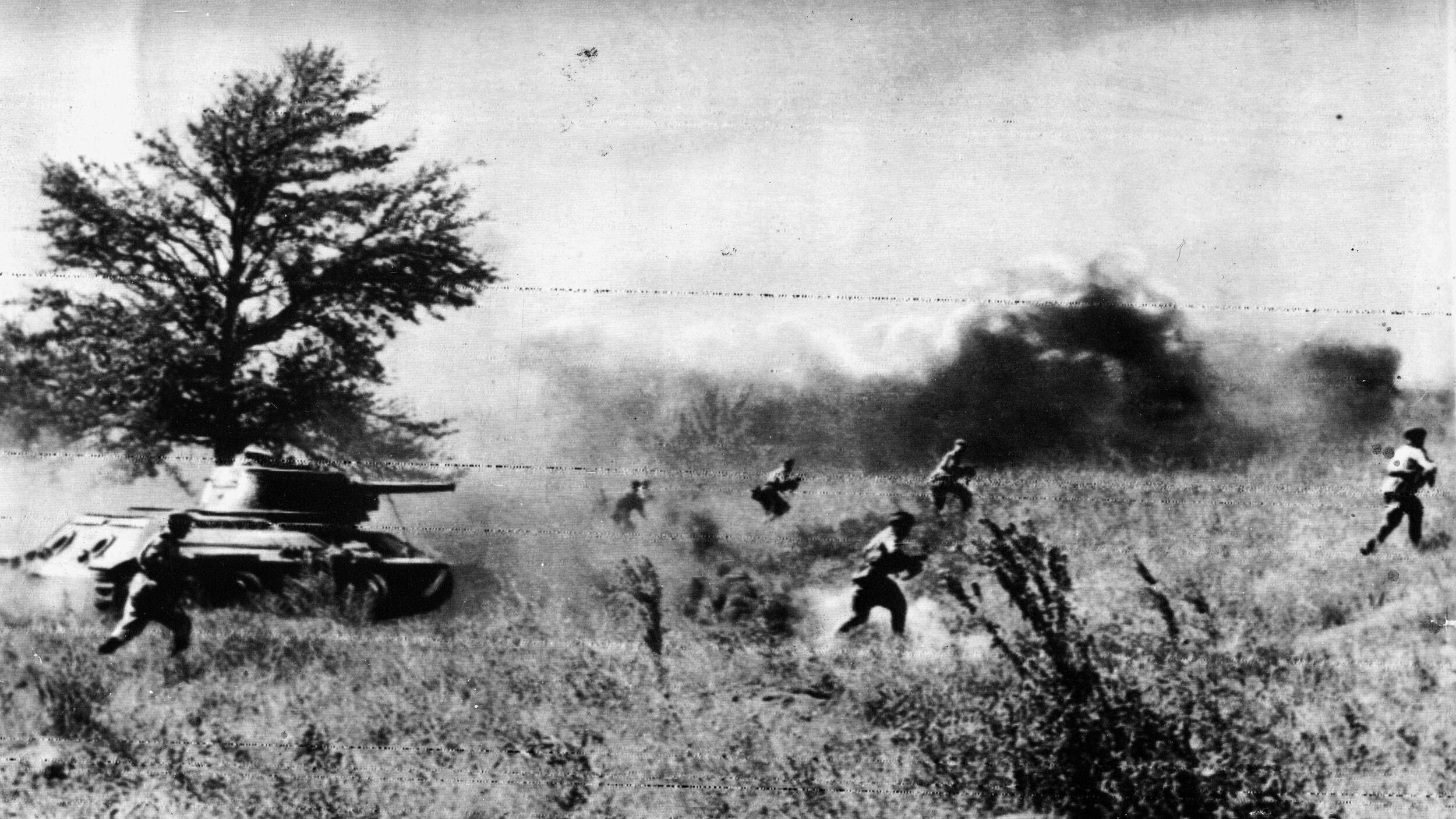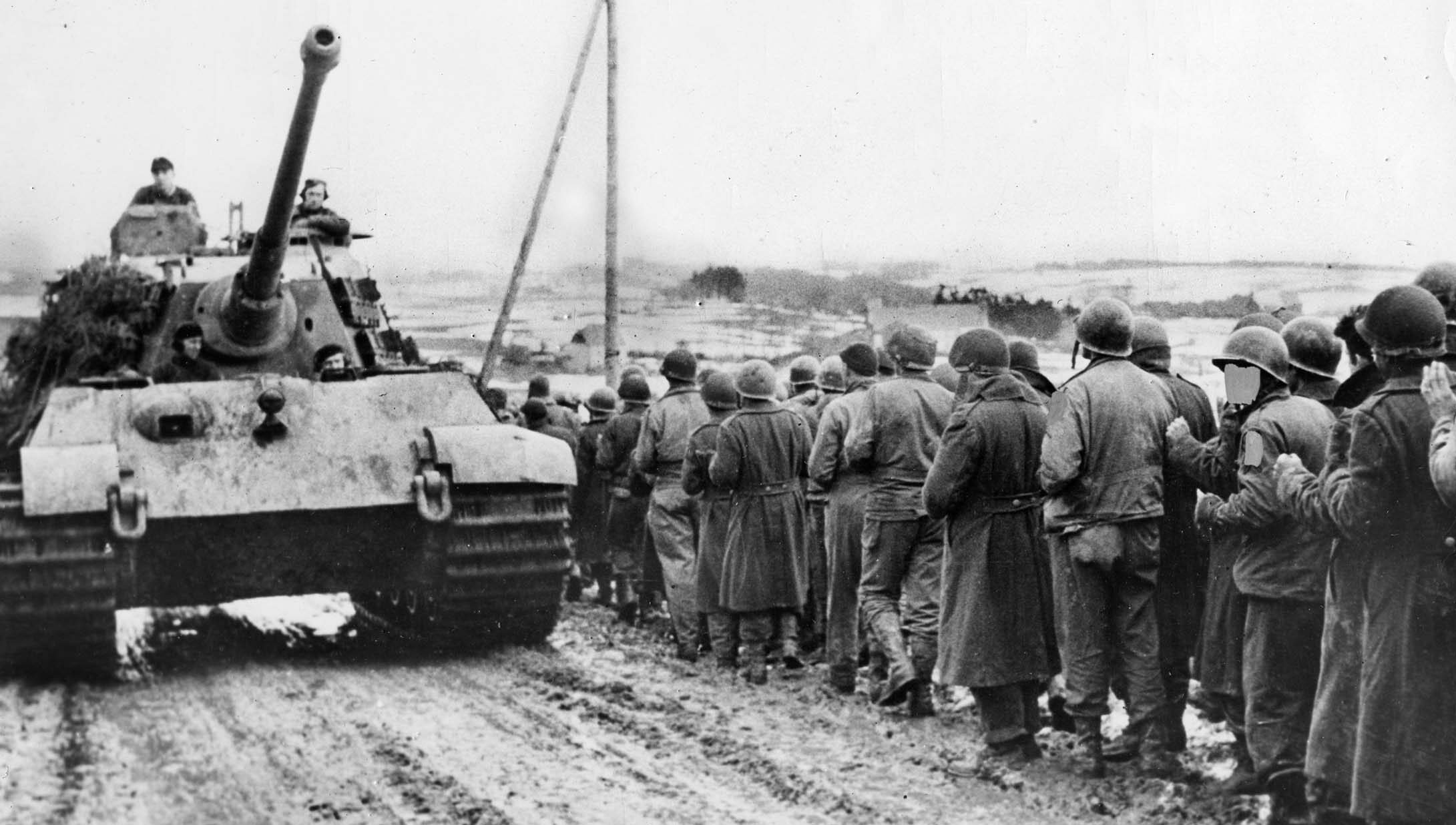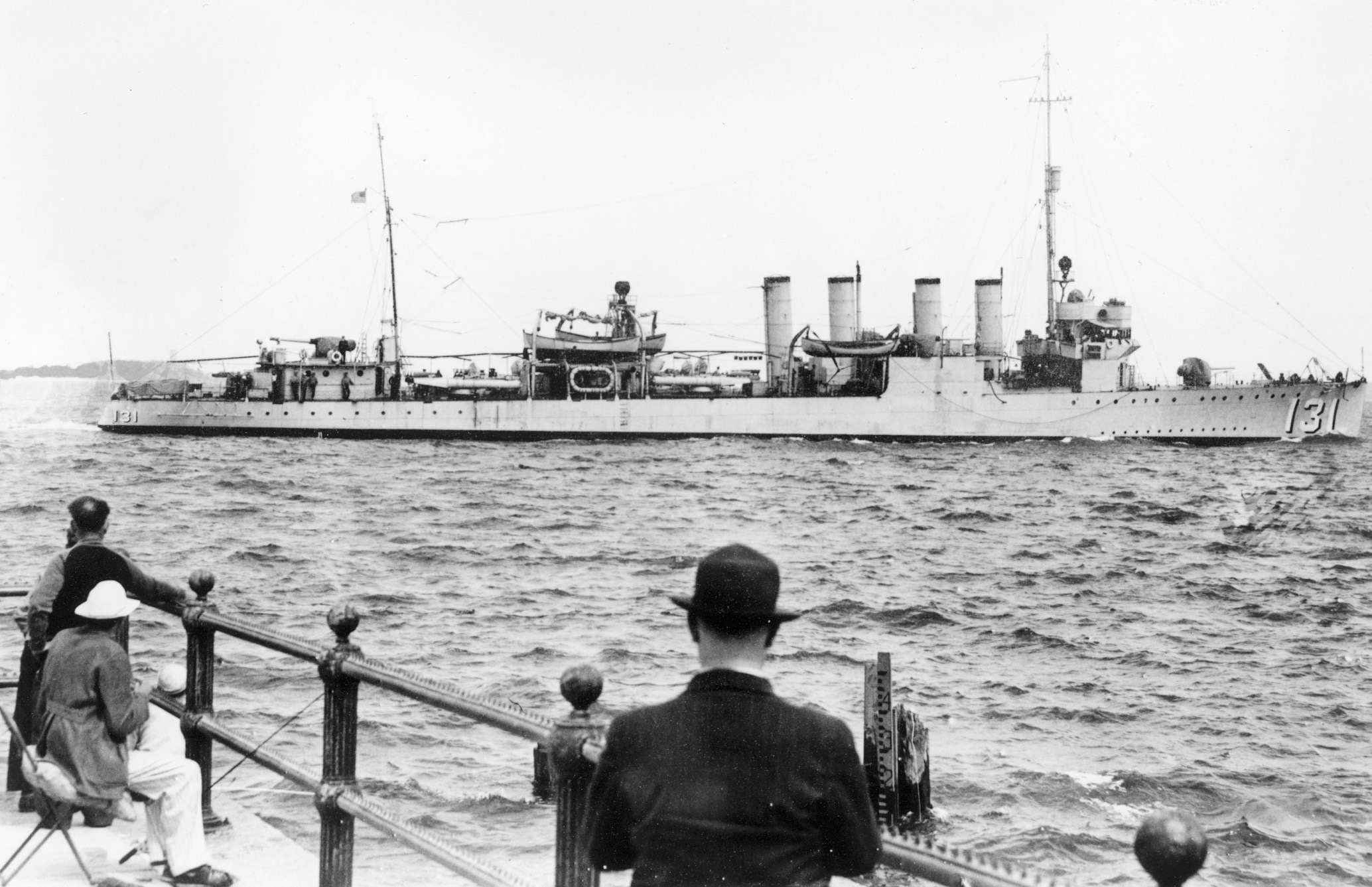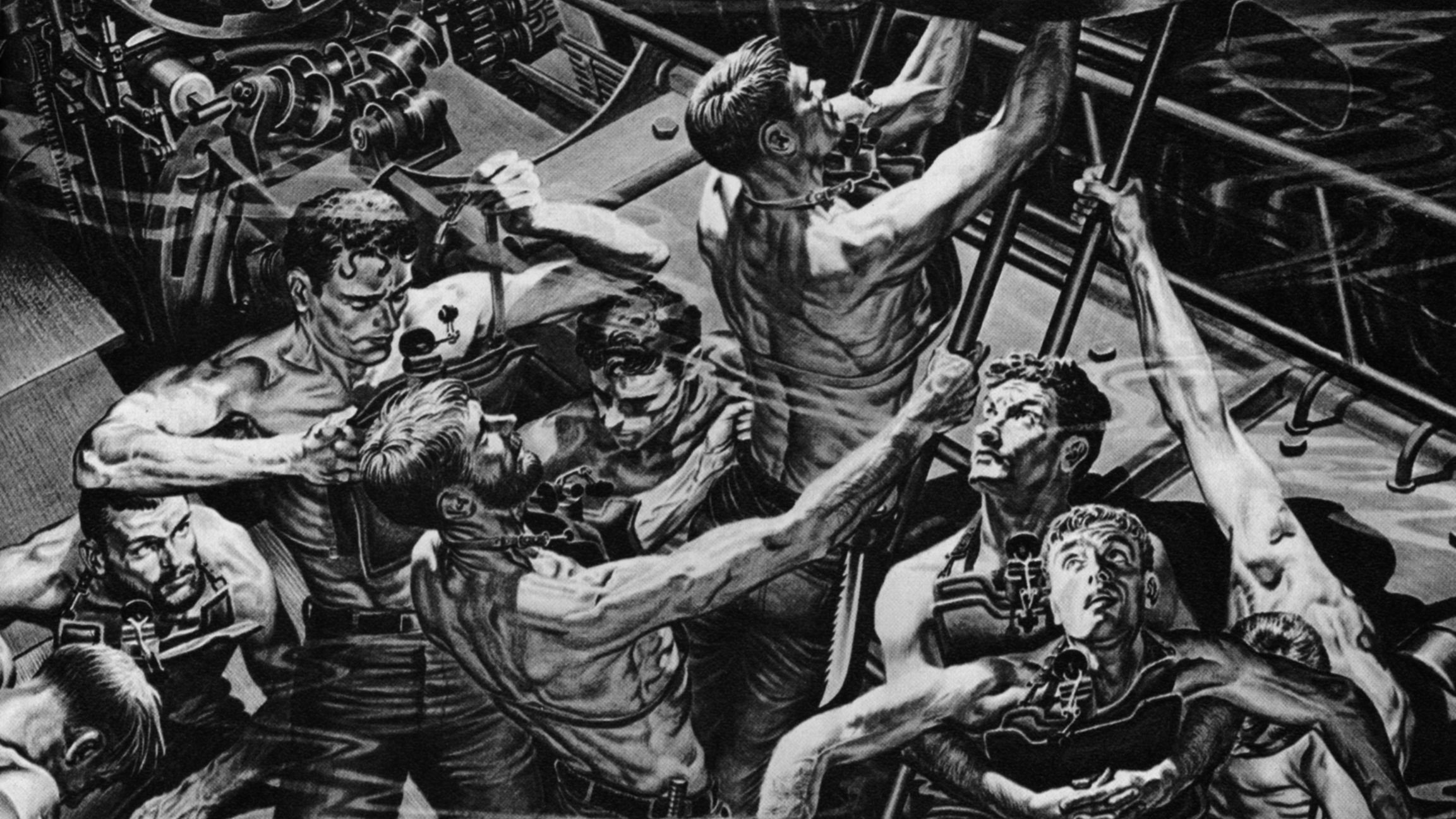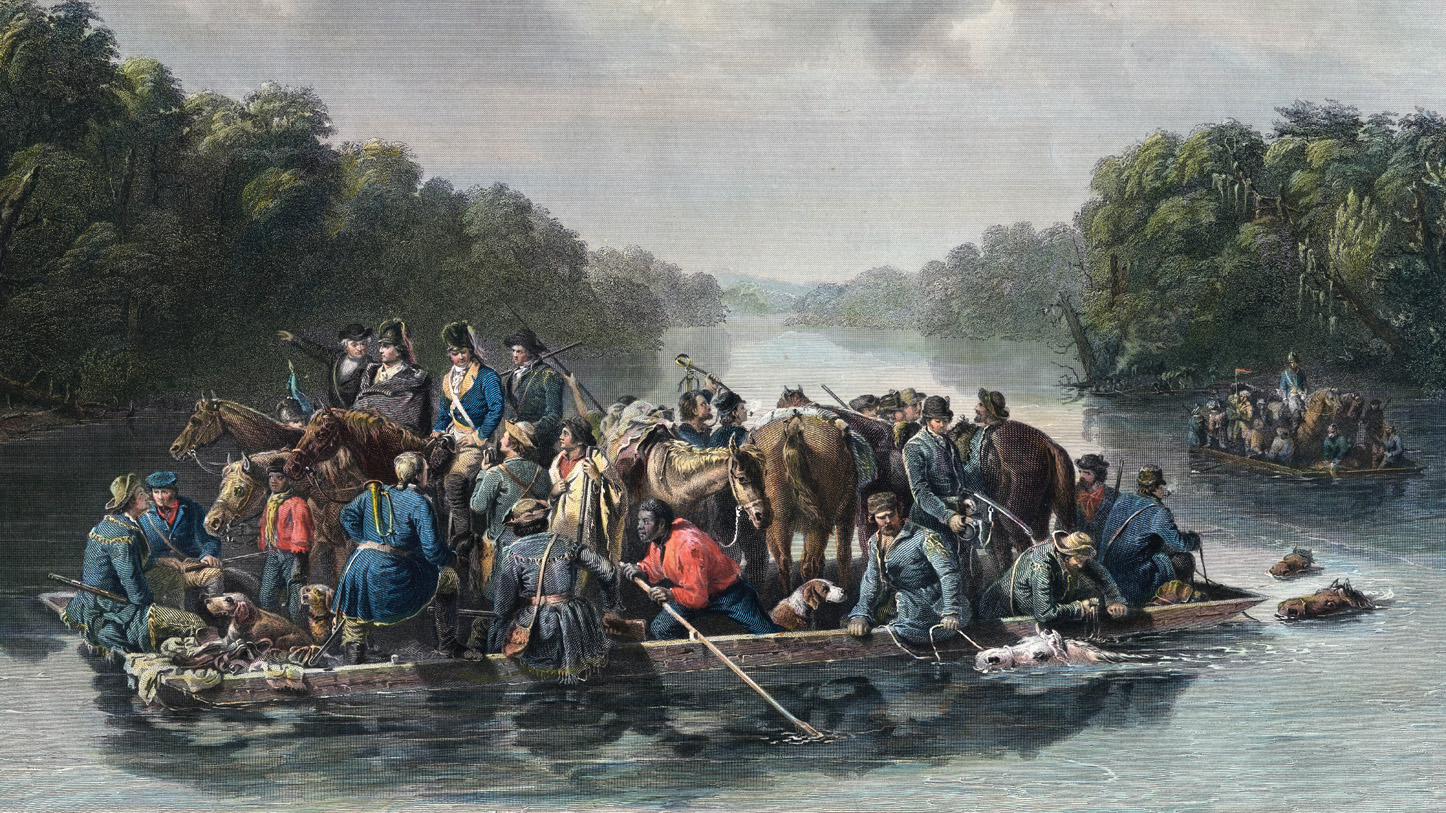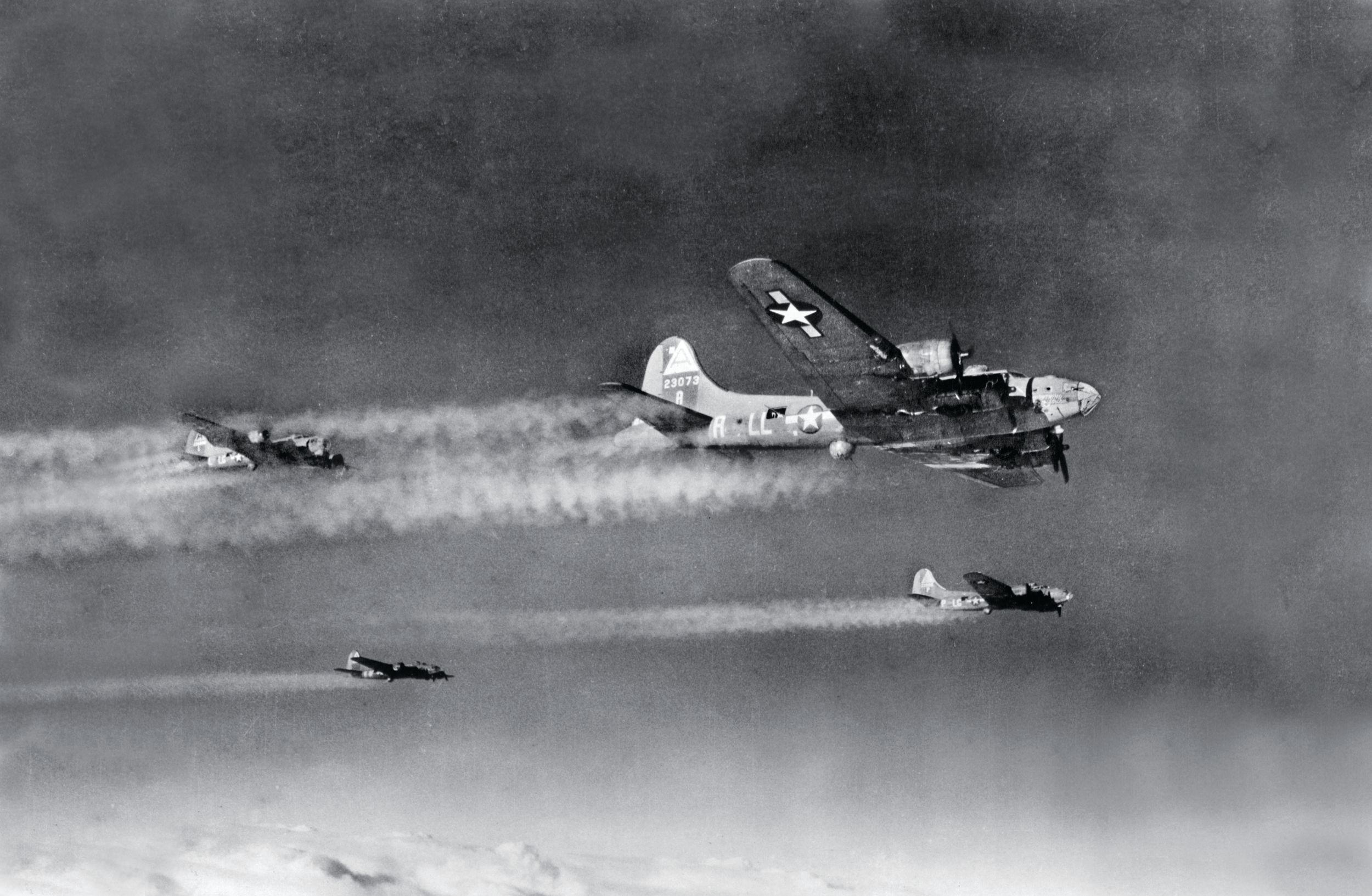By Michael E. Haskew
Few events in human history have been so fraught with drama as the Allied invasion of Normandy on June 6, 1944. The fight to capture the Les Moulins Draw was indicative of the struggle to gain a foothold in Normandy, and the desperate fighting at Omaha Beach left a legacy of courage seldom equaled in the annals of warfare. But the drama had begun to unfold many months prior to the actual commencement of Operation Overlord. American military leaders were favoring a landing in France as early as 1942, but the wise counsel of the British commanders prevailed until sufficient forces might be marshaled, while the dress rehearsal at Dieppe, the ill-fated Operation Jubilee, left the planners with many points to ponder. These lessons were put to good use by the time of Operation Overlord two years later.
When Supreme Allied Commander General Dwight D. Eisenhower had overseen months of training, stockpiling of weapons of war, and deliberations over the location of the invasion and the makeup of the forces launching the bid for freedom, Mother Nature intervened to compound his command crossroads. With only a narrow window of passable weather to launch the invasion force across the English Channel, Eisenhower made two fateful decisions, first postponing the operation 24 hours, and then giving the order to unleash its pent-up energy with the simple words, “Okay, we’ll go!”
Eisenhower addressed his troops with stirring words, telling them they were embarking on the “Great Crusade” that would free not only Europe, but the entire world from the specter of Nazi oppression. While the Soviet Red Army advanced steadily toward the frontier of the Third Reich from the east, the armies of the United States and Great Britain, along with forces of numerous nations, would carry the fight to the German Fatherland from the west. Less than a year later, the Nazis were vanquished.
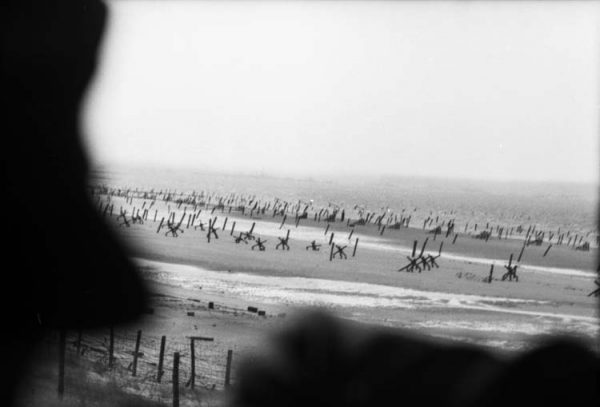
However, total victory was a distant aspiration for the Allies on D-Day, and Overlord unfolded like most complex battle plans – with unforeseen circumstances and a determined enemy response. Airborne troops were scattered across Normandy by high winds and enemy antiaircraft fire. Invasion forces hit the beaches under fire. The stiffest opposition was encountered at Omaha and Juno beaches, where Canadian troops led the way. Countless acts of individual heroism made the difference for the Allies, particularly at Omaha, where General Omar Bradley briefly considered withdrawing the troops due to heavy casualties and stubborn German resistance.
We should always remember the sacrifice and heroism of the men who assaulted 50 miles of otherwise nondescript beach to begin the liberation of Nazi-occupied Europe more than three-quarters of a century ago.
